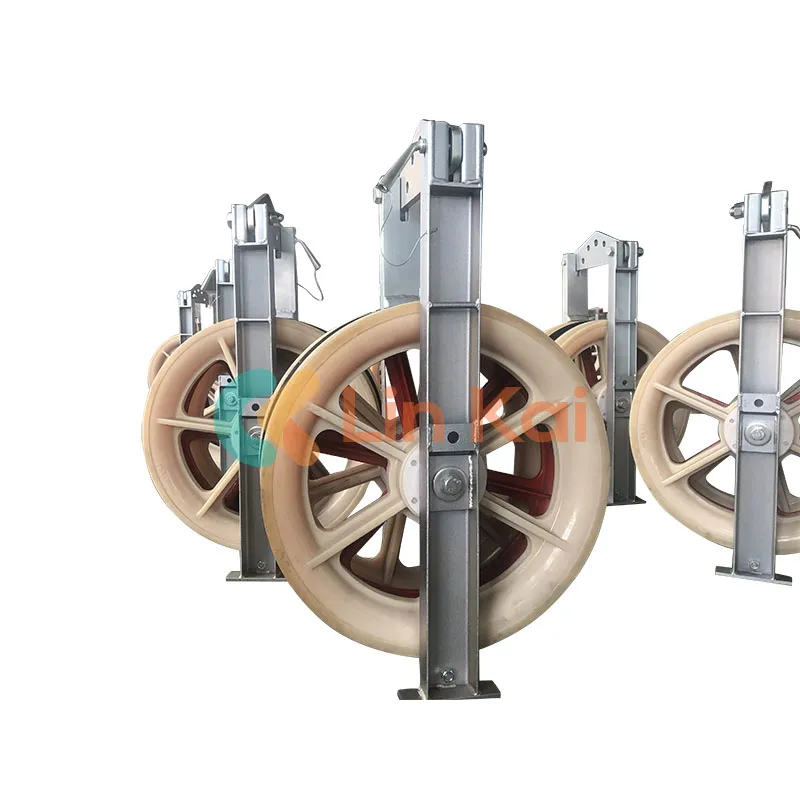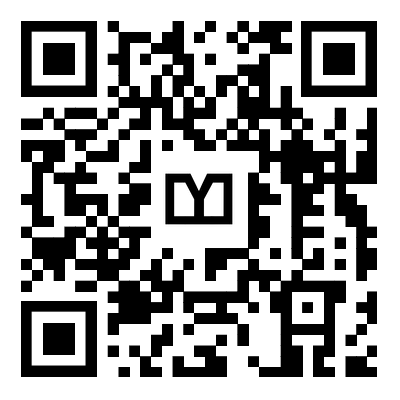Can Stringing Blocks be used for both electrical and telecom cables?
2024-12-06
Yes, Stringing Blocks can be used for both electrical cables and telecom cables, although the specific type and design of the block may vary depending on the application. Here's an overview of their use in each sector:
1. Electrical Cables
- High-Tension Power Lines: Stringing blocks are essential for installing overhead power lines. They handle heavy and thick conductors, ensuring the cables are smoothly guided while maintaining proper tension to prevent sagging or damage.
- Insulated Cables: For insulated cables, the blocks protect the outer sheath from abrasion or cuts during installation, ensuring the integrity of the insulation layer.
- Substation Connections: In substations, stringing blocks are used for precise positioning of conductors to avoid interference with other components.
Key Features for Electrical Applications:
- Made from strong materials like steel or aluminum to handle high loads.
- Grooves designed to accommodate larger cable diameters.
- Bearings or rollers to ensure smooth cable movement under high tension.

2. Telecom Cables
- Fiber Optic Cables: Stringing blocks are used to prevent fiber optic cables from bending too sharply or experiencing excessive tension, which can damage the delicate glass fibers inside.
- Copper Communication Lines: They ensure the smooth installation of copper telecom lines, avoiding damage to insulation or conductors.
- Aerial Drop Cables: For telecom lines connecting to individual homes or businesses, stringing blocks ensure safe and efficient installation.
Key Features for Telecom Applications:
- Smaller grooves to fit the narrower diameter of telecom cables.
- Soft or coated surfaces to minimize friction and protect the outer jacket.
- Lightweight designs for ease of use in less demanding installations.
Universal Applications
Modern stringing blocks often have interchangeable components, such as replaceable rollers or adjustable grooves, making them versatile enough to handle both electrical and telecom cables. Additionally, they come in various configurations, including suspension, corner, or support types, to adapt to the specific demands of different cable types and installation environments.
In summary, while stringing blocks can be used for both electrical and telecom cables, selecting the right type for the specific cable and installation requirements is crucial for optimal performance and cable protection.


